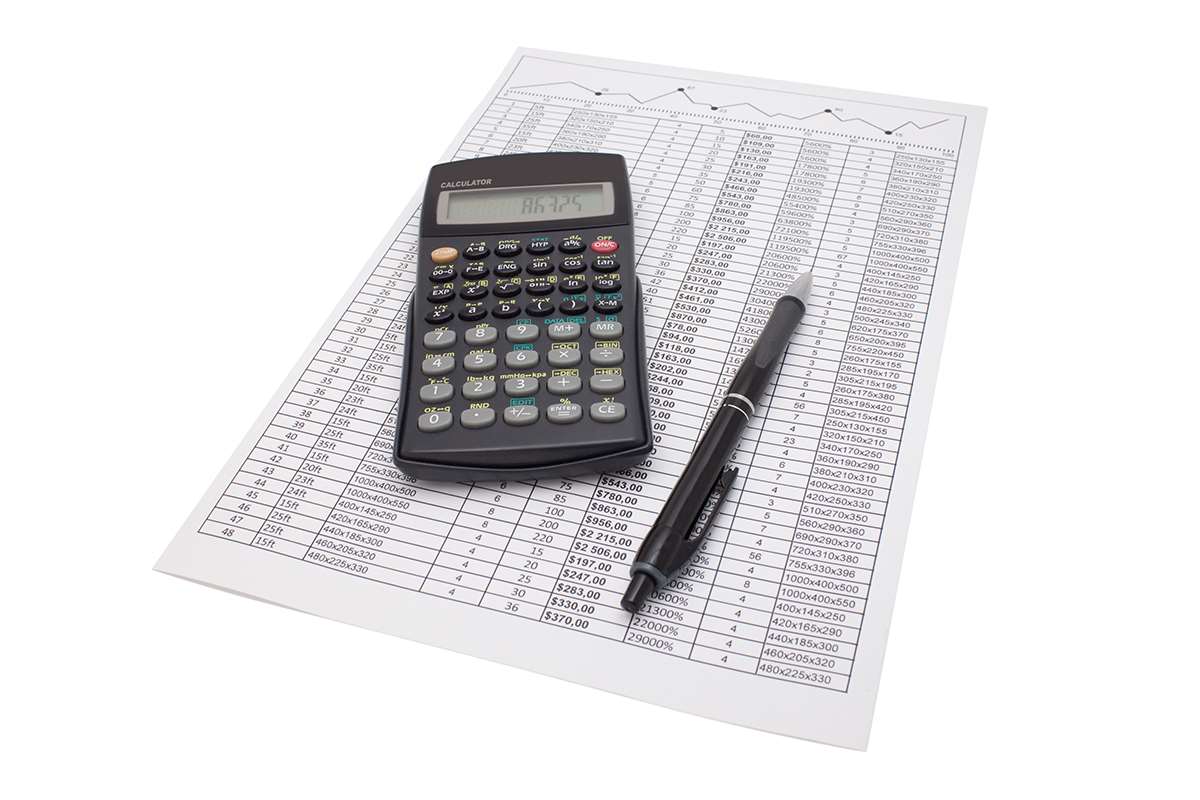
In addition, retained earnings can be expanded to cumulative revenue less expenses less owners drawings. Consequently it is possible to restate the fully expanded accounting equation as follows. Shareholder Equity is equal to a business’s total assets minus its total liabilities. It can be found on a balance sheet and is one of the most important metrics for analysts to assess the financial health of a company.

Example Transaction #3: Purchase of Supplies on Credit
Under the double-entry accounting system, each recorded financial transaction results in adjustments to a minimum of two different accounts. On the balance sheet, the assets side represents a company’s resources with positive economic utility, while what is the formula for the basic accounting equation? the liabilities and shareholders equity side reflects the funding sources. For every transaction, both sides of this equation must have an equal net effect. Below are some examples of transactions and how they affect the accounting equation.
Income Statement
This transaction affects only the assets of the equation; therefore there is no corresponding effect in liabilities or shareholder’s equity on the right side of the equation. Equity includes any money that has been invested into the company by shareholders as well as retained earnings which have not yet been paid to shareholders as dividends. It is the key to ensuring that each transaction which reflects a debit will always have its corresponding entry on the credit side.
- They include items such as land, buildings, equipment, and accounts receivable.
- As you can see, all of these transactions always balance out the accounting equation.
- Equity includes any money that has been invested into the company by shareholders as well as retained earnings which have not yet been paid to shareholders as dividends.
- Both liabilities and shareholders’ equity represent how the assets of a company are financed.
- Because it considers assets, liabilities, and equity (also known as shareholders’ equity or owner’s equity), this basic accounting equation is the basis of a business’s balance sheet.
- As business transactions take place, the values of the accounting elements change.
Owners Equity (or Equity)

The income statement will explain part of the change in the owner’s or stockholders’ equity during the time interval between two balance sheets. The owner’s equity is the balancing amount in the accounting equation. So whatever the worth of assets and liabilities of a business are, the owners’ equity will always be the remaining amount (total assets MINUS total liabilities) that keeps the accounting equation in balance. The accounting equation states that total assets is equal to total liabilities plus capital.
What Is Shareholders’ Equity in the Accounting Equation?
Metro Corporation earned a total of $10,000 in service revenue from clients who will pay in 30 days. Metro issued a check to Office Lux for $300 previously purchased supplies on account. Before taking this lesson, be sure to be familiar with the accounting elements. This arrangement can be ideal for sole proprietorships (usually unincorporated businesses owned by one person) in which there is no legal distinction between the owner and the business. For example, John Smith may own a landscaping company called John Smith’s Landscaping, where he performs most — if not all — the jobs. Get instant access to video lessons taught by experienced investment bankers.
Effect of Transactions on the Accounting Equation
- After saving up money for a year, Ted decides it is time to officially start his business.
- It is also possible to write the expanded accounted equation in terms of the current period net income.
- To calculate the accounting equation, we first need to work out the amounts of each asset, liability, and equity in Laura’s business.
- This shows all company assets are acquired by either debt or equity financing.
- This refers to the owner’s interest in the business or their claims on assets after all liabilities are subtracted.
Speakers, Inc. purchases a $500,000 building by paying $100,000 in cash and taking out a $400,000 mortgage. This business transaction decreases assets by the $100,000 of cash disbursed, increases assets by the new $500,000 building, and increases liabilities by the new $400,000 mortgage. Essentially, the representation equates all uses of capital (assets) to all sources of capital, where debt capital leads to liabilities and equity capital leads to shareholders’ equity. Assets represent the valuable resources controlled by a company, while liabilities represent its obligations. Both liabilities and shareholders’ equity represent how the assets of a company are financed.
Non-current assets or liabilities are those that cannot be converted easily into cash, typically within a year, that is. While we mainly discuss only the BS in this article, the IS shows a company’s revenue and expenses and includes net income as the final line. The double-entry practice ensures that the accounting equation always remains balanced, meaning that the left-side value of the equation will always match the right-side value. Transaction #3 results in an increase in one asset (Service Equipment) and a decrease in another asset (Cash). On the other hand, equity refers to shareholder’s or owner’s equity, which is how much the shareholder or owner has staked into the company. Small business owners typically have a 100% stake in their company, while growing businesses may have an investor and share 20%.

It should be noted that for a corporation owners equity would be replaced by stockholders equity. Companies compute the accounting equation from their balance sheet. They prove that the financial statements balance and the double-entry accounting system works. The company’s assets are equal to the sum of its liabilities and equity. Accounting equation describes that the total value of assets of a business entity is always equal to its liabilities plus owner’s equity.

Nejnovější komentáře